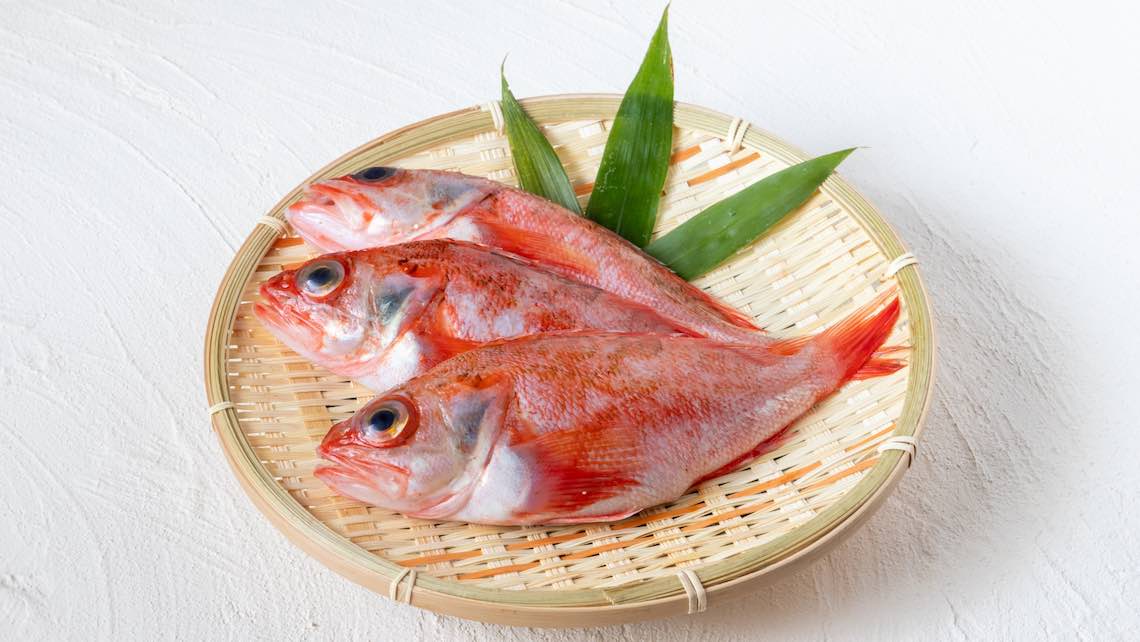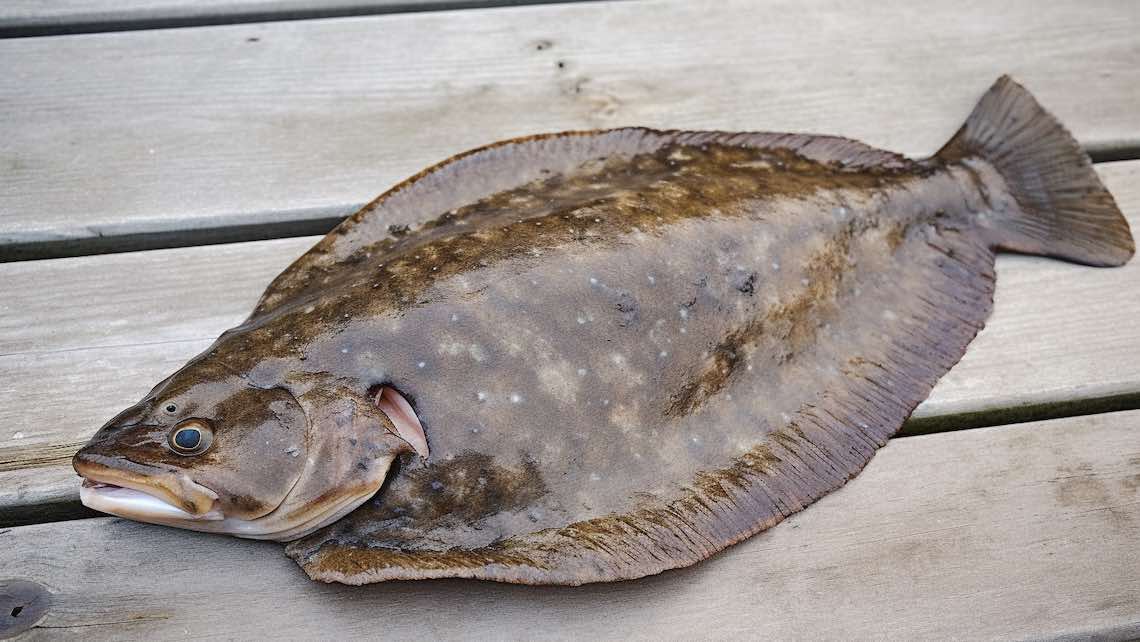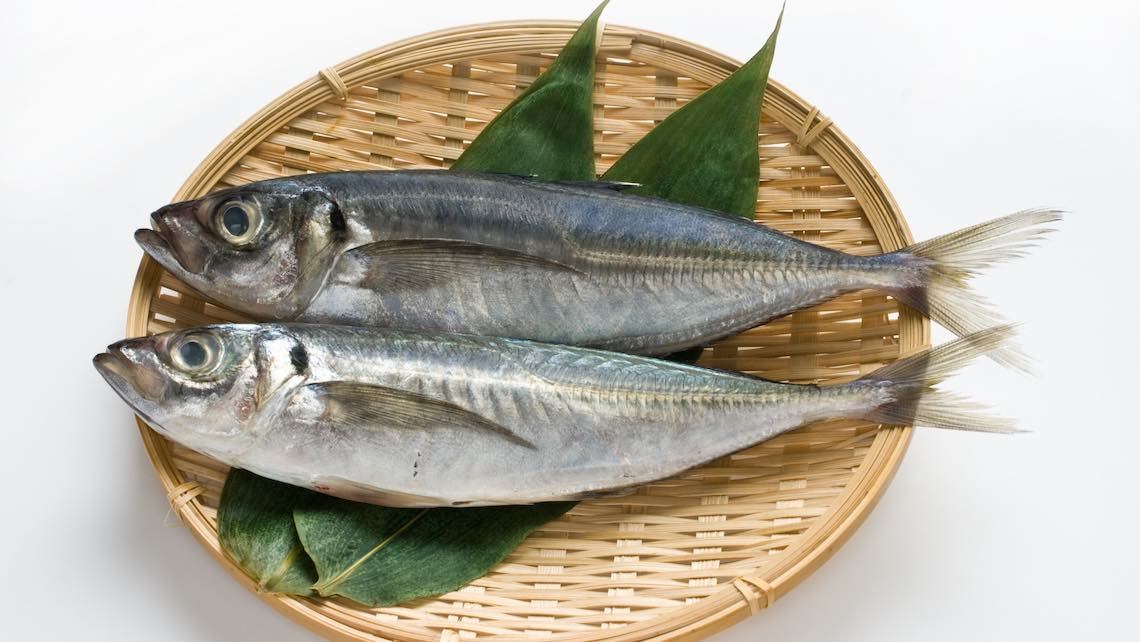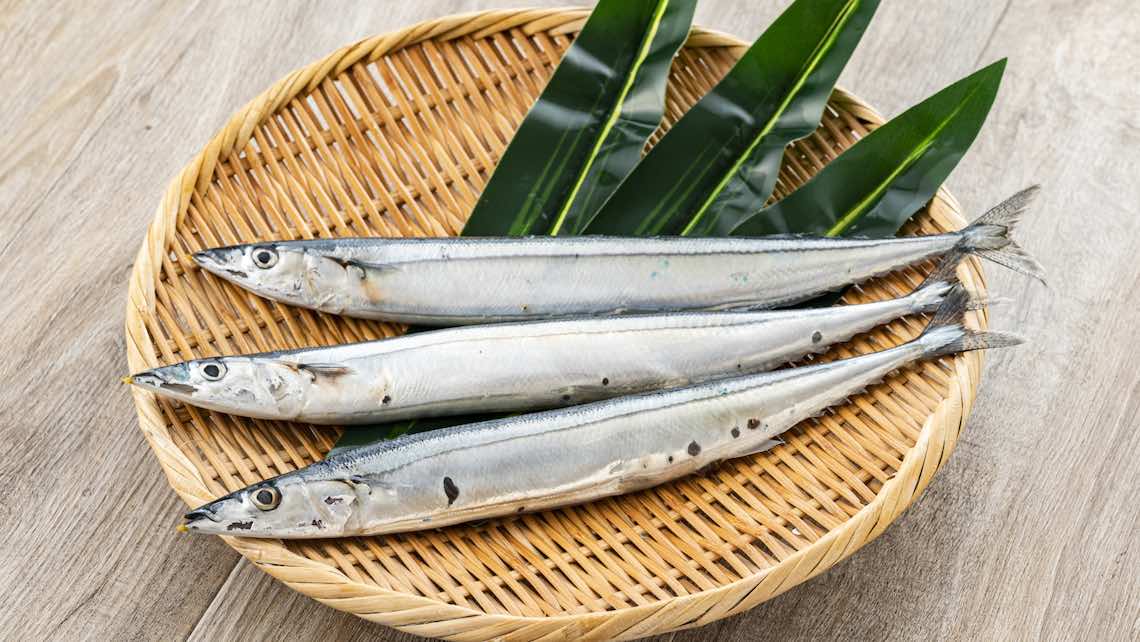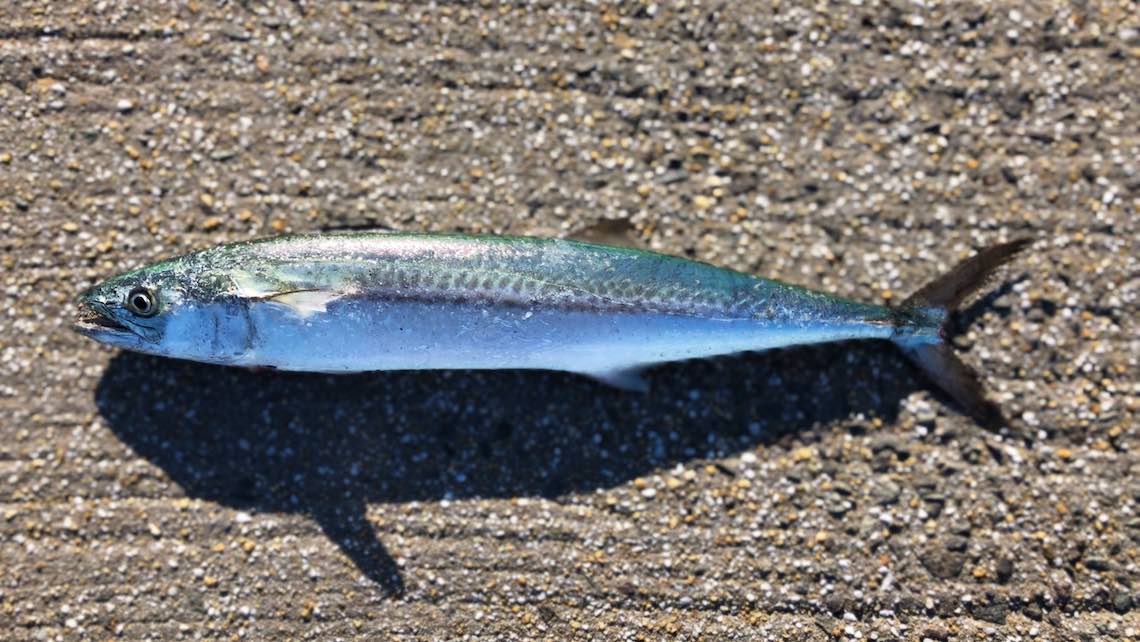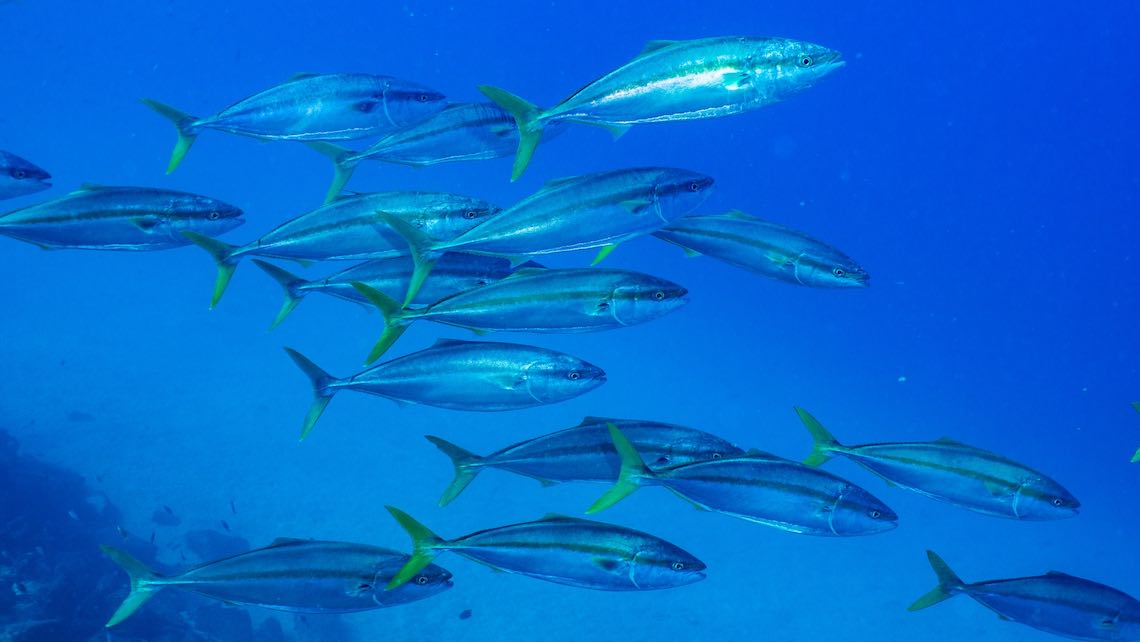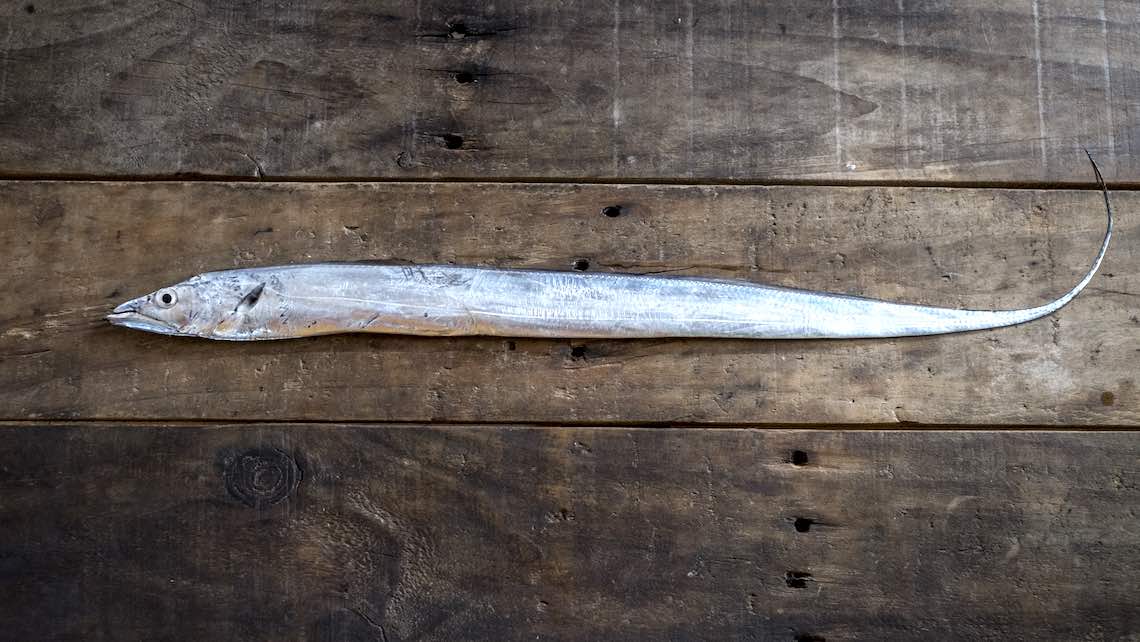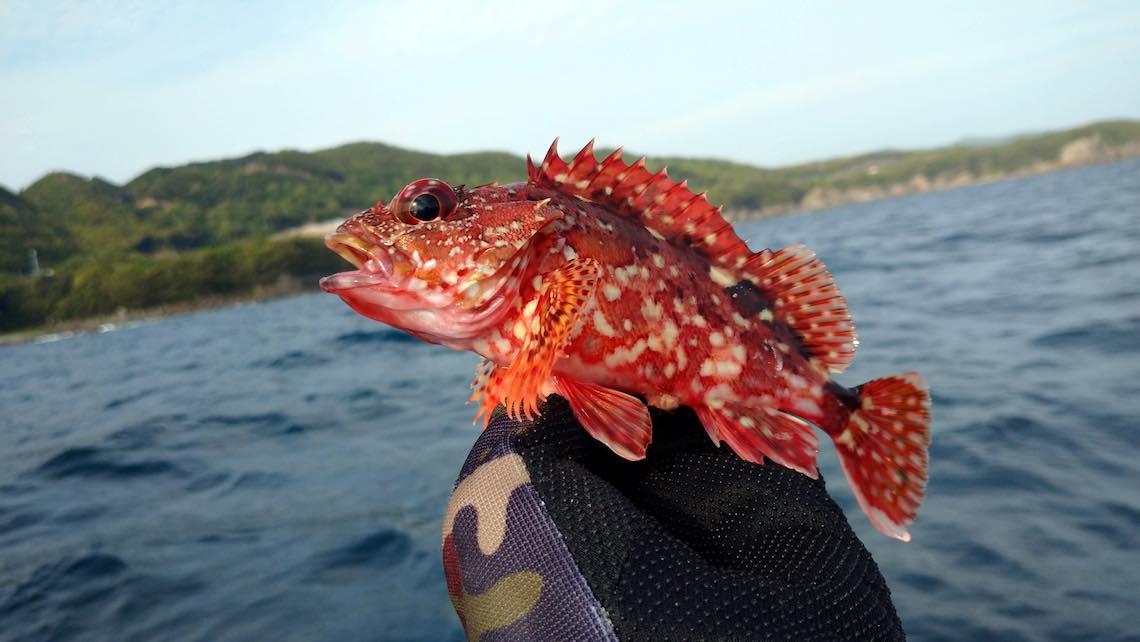Atlantic Salmon
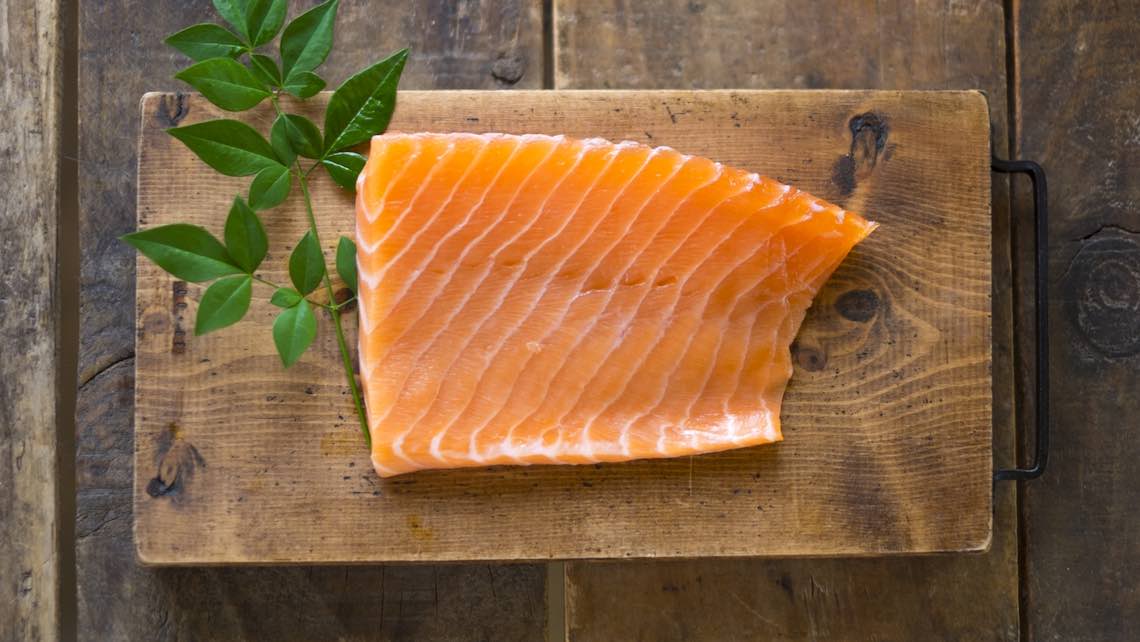
Japanese Name and Pronunciation:

[sa:mon]
In Japan, “salmon” often refers to farmed Atlantic salmon, and the majority of it is imported from Norway. Wild-caught salmon, being unsuitable for raw consumption, has traditionally been cooked before being eaten in Japan. Consequently, salmon sushi and sashimi were not part of the traditional cuisine. However, with the availability of farmed Norwegian Atlantic salmon, it has become a common sushi topping in conveyor belt sushi restaurants. It is important to note that in Japan, farmed Atlantic salmon suitable for raw consumption is called “salmon,” while the traditional cooked salmon is referred to as “sake” to make a distinction.
Atlantic salmon is a popular fish used in Japanese cuisine. It is a species of salmon that is native to the North Atlantic Ocean, including regions such as Europe, North America, and Greenland.
In Japanese cuisine, Atlantic salmon is highly valued for its delicate flavor, rich texture, and vibrant pink flesh. It is often enjoyed raw in the form of sashimi or sushi, where it is sliced thinly and served alongside rice or as a standalone piece.
Aside from raw preparations, Atlantic salmon is also used in various cooked dishes in Japanese cuisine. It can be grilled, pan-fried, or steamed to showcase its natural flavors. The fatty nature of the fish gives it a rich and indulgent taste when cooked, making it a versatile ingredient in many traditional Japanese recipes.
In recent years, Atlantic salmon has gained popularity in Japan due to its availability and consistent quality. While Pacific salmon varieties such as Sockeye and Coho are also appreciated, Atlantic salmon is favored for its milder flavor and softer texture. It has become a staple in Japanese seafood markets and is readily available in sushi restaurants and supermarkets across the country.
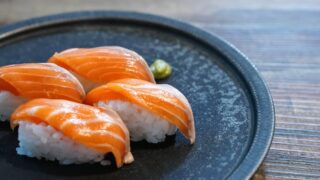
![Seared Salmon Sushi [Aburi Salmon]](https://itadakimasu-japan.com/wp-content/uploads/2023/07/aburi_salmon-320x180.jpg)



